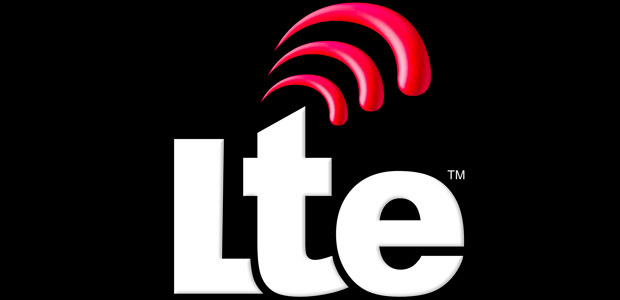LTE, Are You Always This Loud? Love, WiFi

Say you’re mingling in a room full of people, enjoying a tasty beverage. It’s a polite room of people who listen and respond during pauses. (So you’re in Canada!)
Out of nowhere, a mass of large, loud people enters the room, shouting instructions to each other. It’s like they’re oblivious to anyone who isn’t them.
In wireless protocols, the Canadians are WiFi. The Large Louds are LTE.
Here’s what happens next: The Canadians still want to converse. Their only option? Talk louder. The volume in the room goes up, and up, and up. The loud people keep piling in the door, with no signs of leaving. Suddenly, it’s not such a good time anymore.
This is one way to think about a red-hot topic touching WiFi people, known as LTE-U. The “LTE” stands for Long Term Evolution, a term mobile carriers use for fast, wireless broadband. The “U” stands for “unlicensed.”
Consider: About 200 Megahertz of spectrum exists for WiFi transmissions, including the extra 100 MHz in the 5-Gigahertz band granted by the Federal Communications Commission in March. Right now, that spectral slice is carrying 50% to 60% of the Internet’s traffic.
Mobile carriers, by contrast, maneuver their traffic over some 600 MHz of spectrum — licensed spectrum, which means they paid for it. (Dearly.) Some 2% to 3% of the Internet’s traffic moves within that slice.
So, right off the bat, WiFi is moving 30 times the load in one third of the space. That brings us to how WiFi works, and the fact that just because its spectral zone is unlicensed doesn’t mean it’s unregulated.
WiFi is built for spectrum-sharing. It waits to talk and adjusts its transmit power as part of a design goal that purposefully wants to be a good neighbor all of the time — partly because of regulations that govern things like transmit power and sharing.
LTE is different. For starters, it uses “tunneling protocols.” That means that when a device connects, a secret tunnel is instantly established between it and the carrier’s LTE network. Each data packet is both encrypted and encapsulated; the only visible parts are the packet’s source (who am I?) and destination (where am I going?).
Meanwhile, the LTE “control plane” — the servers and software that handle signaling and routing — is ceaselessly talking, back and forth, making sure everything’s doing what it’s supposed to be doing.
The concern is that LTE traffic will deliberately dump into the unlicensed territories, offloading giant blobs of traffic that can’t see or hear what’s already there — such as anything moving over WiFi.
Is this a real problem? Not yet. Could it be? Definitely. (O, Canada! We stand on guard for thee.)
Stumped by gibberish? Visit Leslie Ellis at www.translation-please.com or multichannel.com/blog.
Multichannel Newsletter
The smarter way to stay on top of the multichannel video marketplace. Sign up below.



